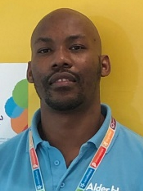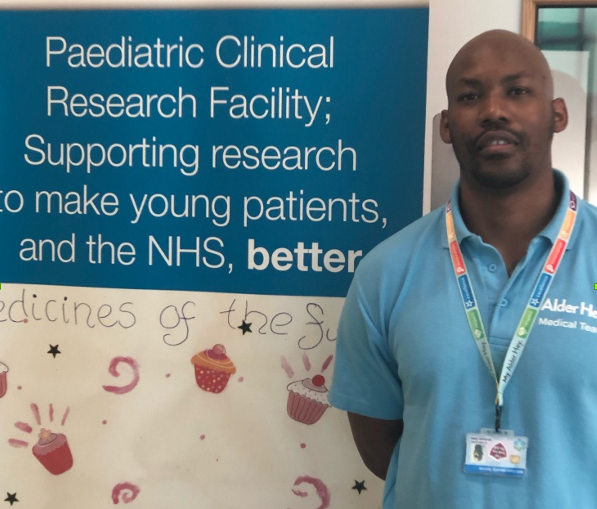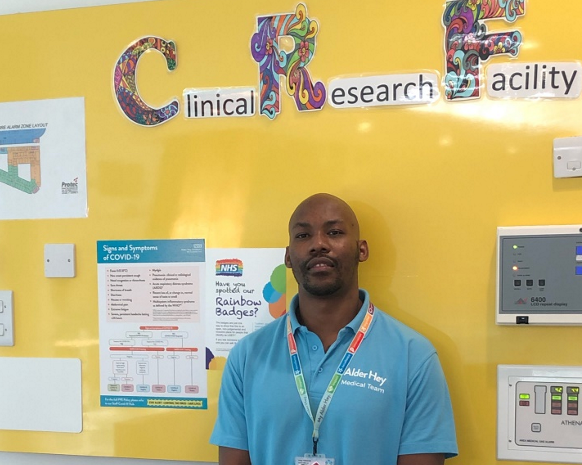
Written by Silo Dliso
Physician Associate, NIHR Alder Hey CRF
February 2021
The transition from adult medicine to paediatrics was a bit of a shock to the system, it was like going a 100 miles per hour and then coming to an abrupt stop. It felt like starting over again, as I had mostly worked with adults. Even in my journey to becoming a clinical research Physician Associate I spent a lot of time working as a HCA in adult hospitals.
Clinical research is something that I did not have much experience in either, as most of my previous research experience was mainly laboratory based; as such, this job opportunity in paediatric clinical research, exciting as it is, was very far from my comfort zone.
A lot to learn
This is the first role (to our knowledge) in the UK where a clinical research Physician Associate has been employed specifically within a research department. There is no pre-existing framework to follow with regards to training and progression, thus making this a learning process for everyone involved.
So far I have mostly been observing the Clinical Research Fellows, spending time shadowing and working closely alongside them in order to further develop my skills within this niche. I have also taken the opportunity to attend outpatient clinics and join the first on-call medical team for their evening on-calls in order to increase my exposure to general paediatric medicine; as well as obtaining more experience interacting with children and young people. It has been really useful and interesting to see how different people employ different strategies when communicating with patients and their families.
Of course with Alder Hey being a tertiary centre, it is often that you come across a rare disease that you have never heard of, which just means a lot more reading on evenings and weekends. Thankfully though, it’s always interesting so it doesn’t feel like much of a chore.
What added value can clinical research Physician Associates bring?
In this ongoing process of discovery, a huge part of my role is helping to identify key areas where Physician Associates in research can be most useful. The most obvious area is capacity, as an extra pair of hands is always useful. I have been able to help in recruiting, consenting, supporting on study visits and even carrying-out simple study visits. I have also helped with auditing, data collection and now I am in the process of writing my first protocol.

Another area in which I believe I have brought added value is helping to promote engagement in research activities amongst other Physician Associates and junior doctors in the Trust. Working together with the Paediatric Medicines Research Unit (PMRU) in the hospital, we have been developing a new aspect to my role where I function as a point person for Physician Associates and other junior medical staff (F1s and F2s) to contact when they want to get involved in research, audits and quality improvement projects.
From my interaction with Physician Associates and junior doctors it seemed apparent that they are interested in getting involved in some sort of research activity but were not sure who to contact or how to go about it. My role now will be to not only act as a point of contact for junior medical staff, especially those on short rotations, but also to support and keep them up to date about current studies and projects that they can take part in.
Final Thoughts
Being the first is always challenging. Hopefully in the next couple of years we will be able to show how everyone can make the most of Physician Associates in the research space as well as showing other non-research Physician Associates what they can gain from getting involved in research, creating a win-win for everyone involved.





